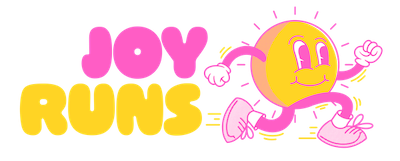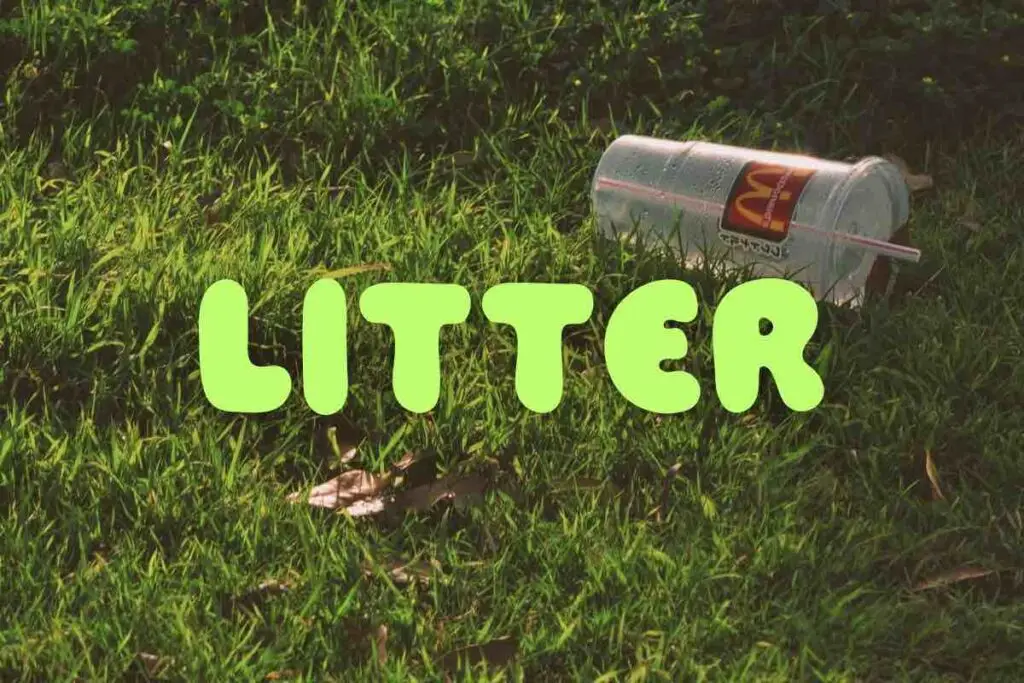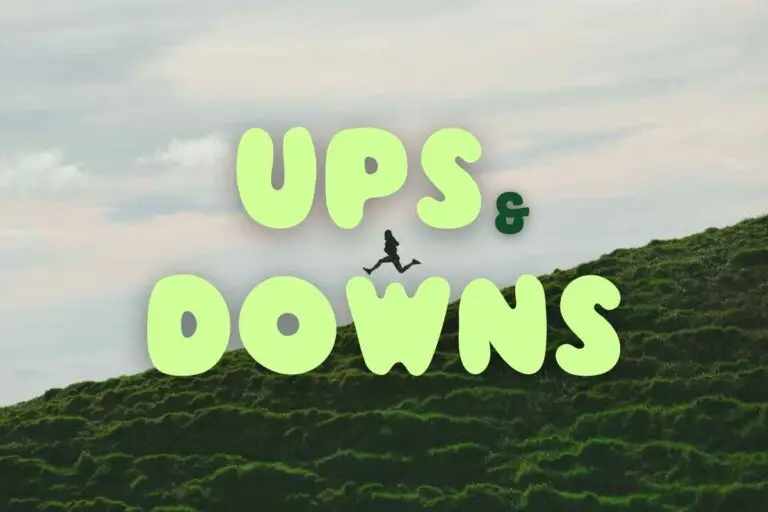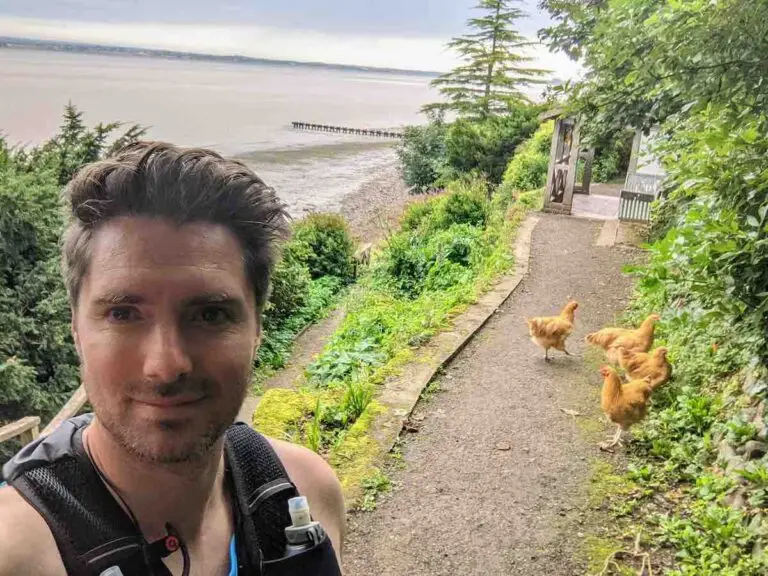Running not only feels good, it can do good too.
Running off-road you’ll notice trails dotted with litter. It’s a threat to wildlife and ecosystems, an eyesore against the beautiful backdrop of nature, and a magnet for even more trash as one disregarded item normalises the behaviour for others.
A growing community of runners are taking it upon themselves to do something about it, picking up litter as they run. The official name for this is ‘Plogging’ – combining jogging with litter picking.
As long-term advocates of plogging, Joy Runs is inviting you to join the movement by collecting litter on your next run.
The Origins of Plogging: a Fun Treasure Hunt
A blend of two words, a “plogger” is somebody who combines their jogging routine with plocka, the Swedish word for “to pick”. Exercise and environmentalism, in one.
Swedish marathoner Erik Ahlström coined the term “plogging” and started the trend in 2016, looking to combine his love of running with a way to help the planet. He began picking up other people’s litter on his solo street runs in Stockholm, and others soon followed suit.
In his own words: “It became like a treasure hunt. We were running, laughing and having fun. Others saw us and said they wanted to join in. Then the whole thing just went bananas.”
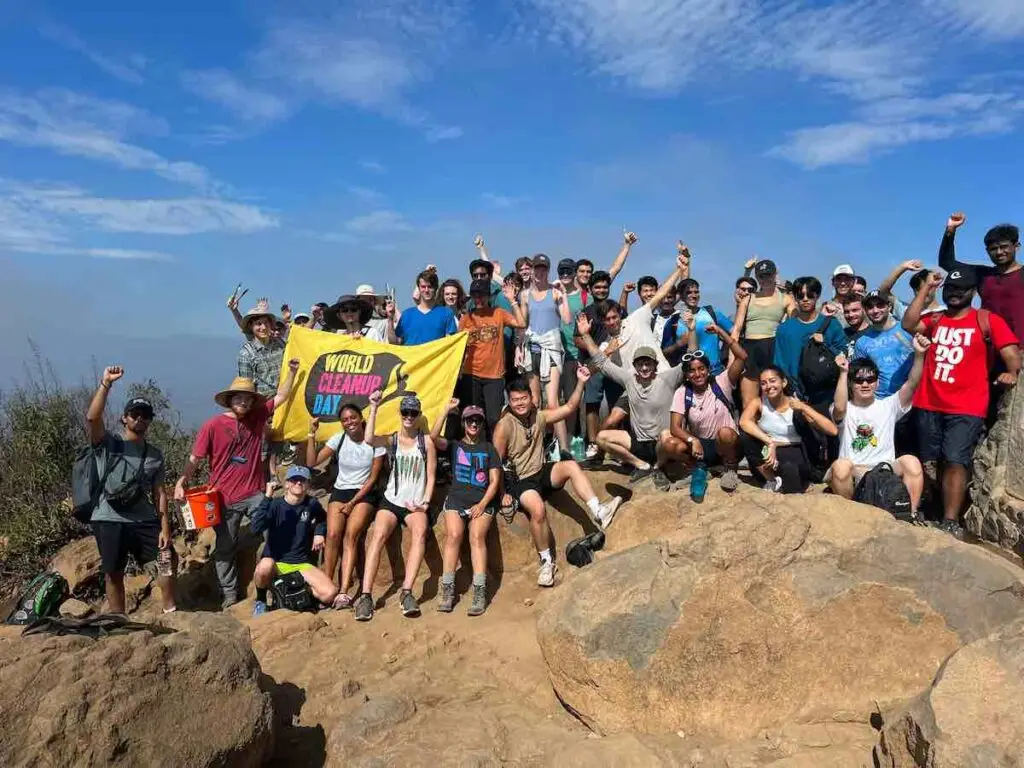
The now-global movement gained popularity via social media and organized plogging events, including on Earth Day and World Cleanup Day. Some 2,000,000 people are estimated to plog daily. It’s even been made an official word in the Oxford English Dictionary.
—> Related reading: How to Start Trail Running, the Joy of Off-Road Runs
How to Start Plogging on Your Next Run
Running is one of the most planet-friendly ways to travel – well done!
Plogging is a natural next step, giving back to the trails that make it all possible.
You’ll be looking after your own health and planet’s health at the same time. It can also add a fun new dimension to any run.
It can start as small as a single piece of rubbish. Or you could invest in a plogging kit and hook up with a local litter-picking group. It doesn’t always have be done running either, as can be incorporated into a long walk on rest or recovery days.
Get the next run challenge 💌
- 1 Challenge p/w
- Run your way
- 100% Free
To do it safely, I suggest wearing gloves, using hand sanitiser (or a litter picker), and avoiding glass and potentially hazardous items. I personally line my hydration vest with a carrier bag or run holding a carrier bag full.
You can find other ploggers in Facebook plogging groups or organisations such as Go Plogging and Trash Free Trails. Alternatively, it’s easy to create your own event by rounding up your friends.
Remember to post your plogging efforts on Instagram, tagging in Joy Runs!
The Many Side-Benefits of Plogging
Good deeds are enough in themselves, however plogging can add to your runs in so many ways.
This includes:
- taking pride in running in green spaces
- protecting wildlife and the environment
- tackling plastic waste
- feeling like you’re making a real difference
- adding more joy to your runs
- added motivation to run sometimes
- pay it forward for the next wave of trail runners
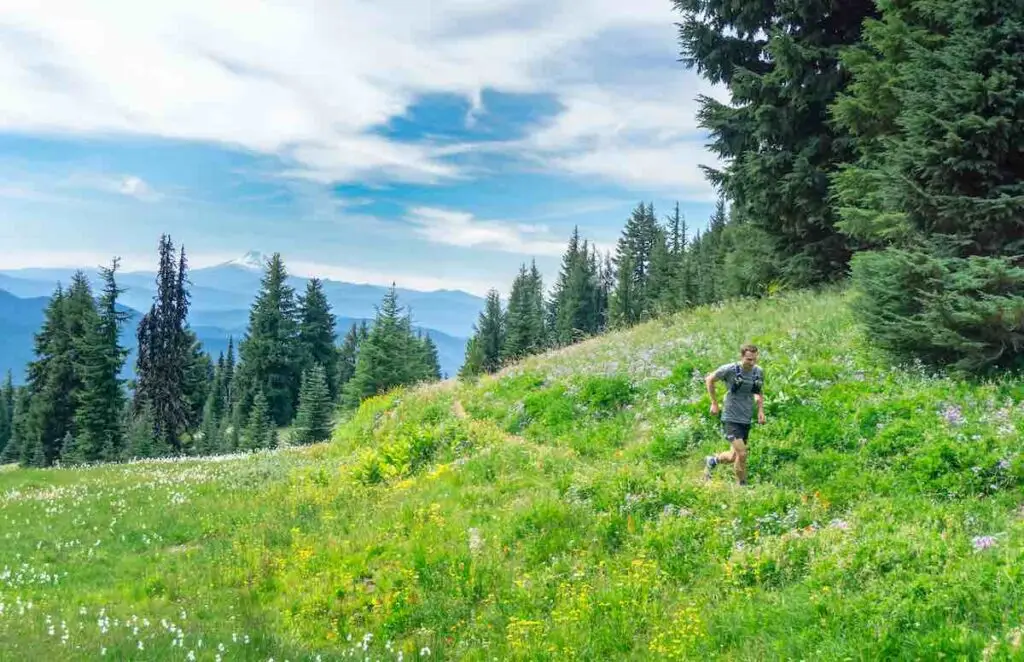
“Leave no trace” is the motto of trail runners, but this goes one step further by leaving routes better than you found them.
Once you’re more in tune into your surroundings and picking up trash, you’ll be shocked how much packaging has been discarded or worse, fly-tipped. But by doing something about it, what would otherwise be dispiriting becomes uplifting.
Plogging is a soul-nourishing activity shows that one person’s litter can be another person’s workout.
My Own Plogging Efforts: When One Bag Leads to Five
My own plogging journey started when I traded road runs for the trails.
I’d spot litter build up on my regular nature running routes, particularly during picnic season. Things like fast food packaging, nitrous oxide canisters, drinks cans and bottles, coffee cups, sweet wrappers, fishing gear and plastic bags. I’ve also found much larger items, such as abandoned or stolen bicycles and white goods, which were obviously too heavy to carry. I tend to leave anything too gross, like nappies, dog poo bags, or used wet wipes. We all have our personal limits.
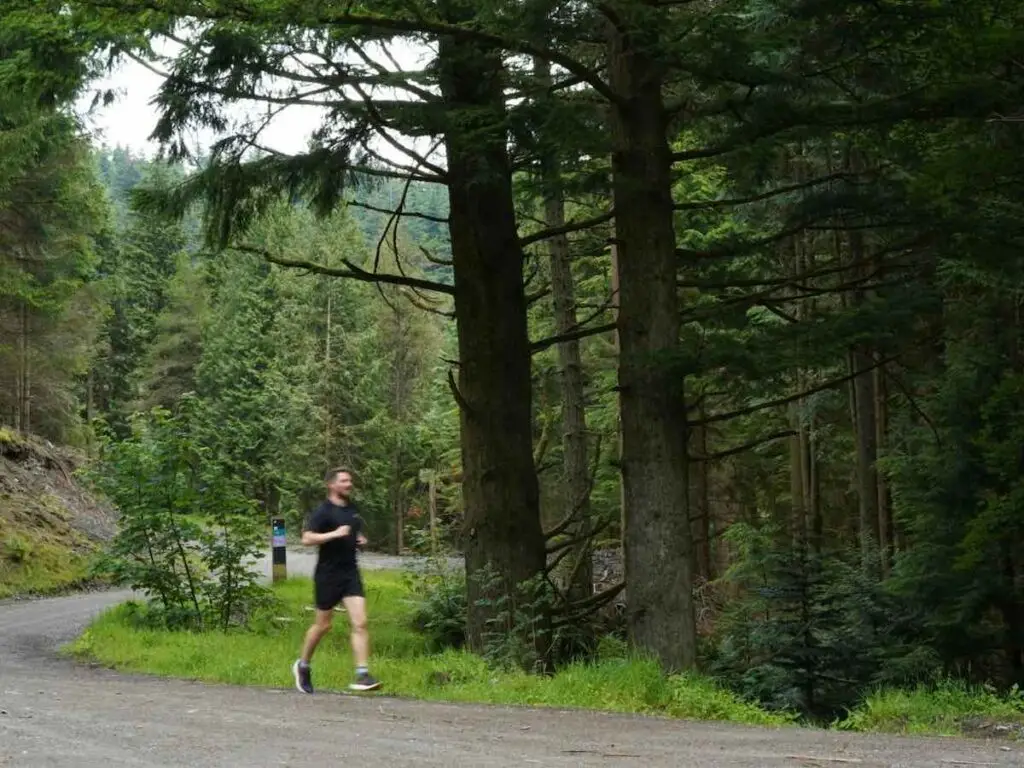
I’d always had a low tolerance to litter, but being on a run I hurried by. Then one day the guilt took over. I put what I could in my running rucksack. And truth be told, doing good felt good!
One accidental act of plogging, become two, then three, then most runs. I was running happy in my flow state.
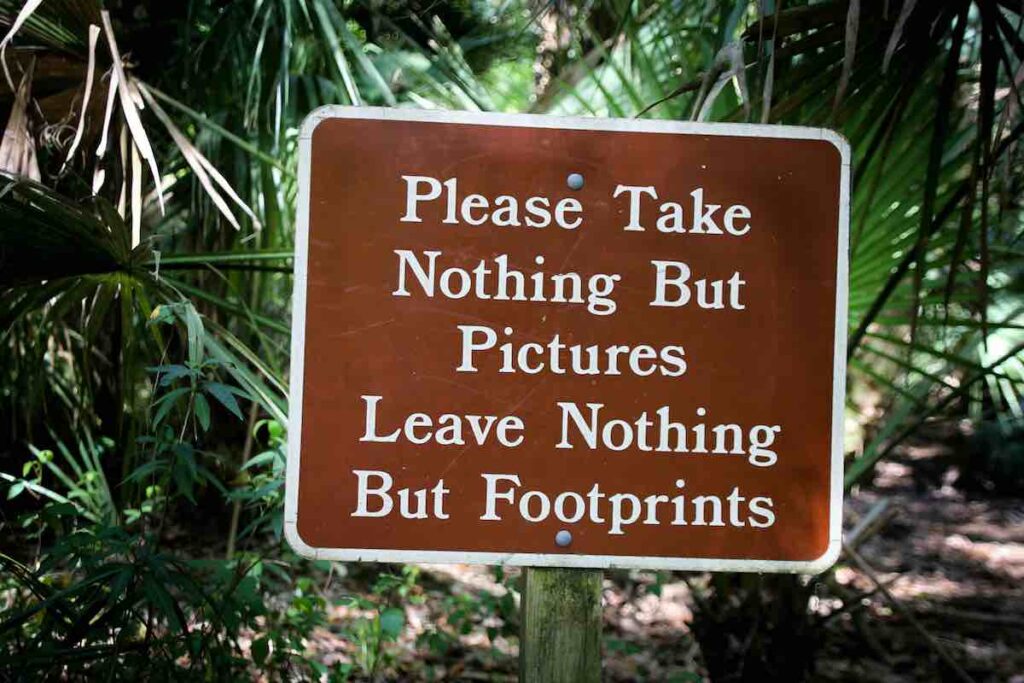
My largest plogging haul was seven big bin bags in a single field. It was collected the morning after large gathering on a park during one of the pandemic lockdowns. The group had littered the space with hundreds of beer bottles, fast food wrappers, vapes – you name it. I collected what I could then returned back with bin bags from home. That’s when I realised the act of picking up litter could be just as contagious as dropping it, as four kind souls joined me in clearly it all up.
It didn’t stop the litter droppers doing it again a few nights later but at least the park got some temporary respite.
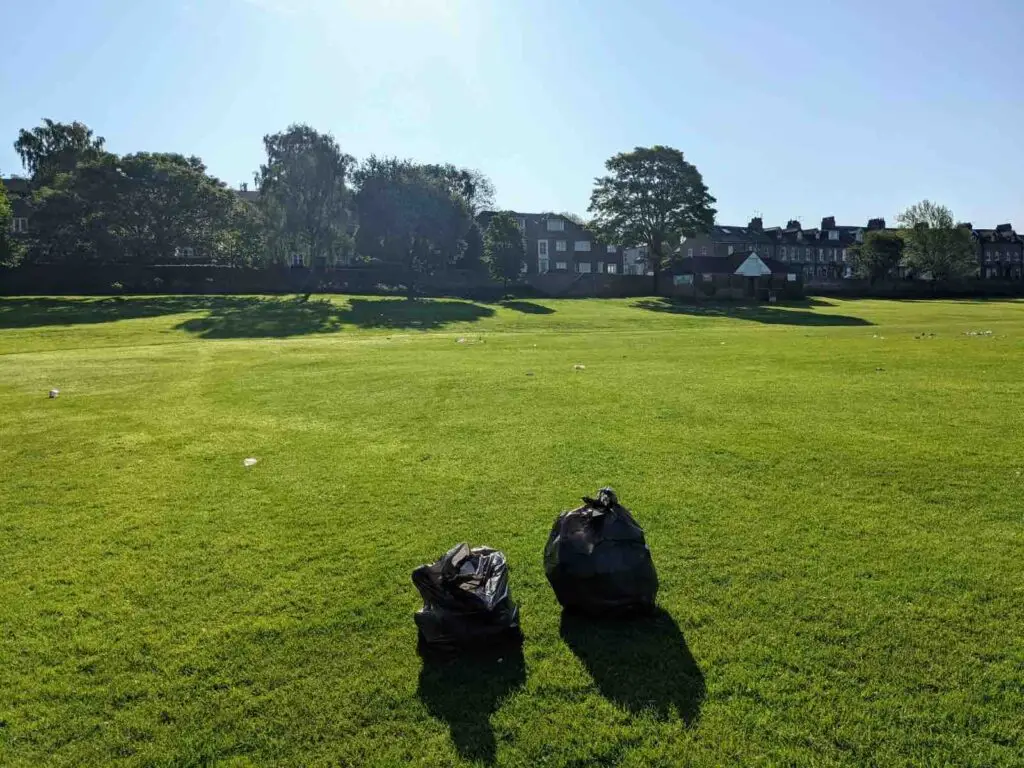
I try not to be too disheartened by the rising tide of rubbish in our green and blue spaces, and just try to do something about it. Kindness can change the world.
Sadly, some people have seemingly lost their connection to nature and the impact of their actions, so hopefully Joy Runs can be part of the solution by finding joy in the great outdoors and rewilding exercise. But, as we all know, picking up trail trash is really a habit for life, not just a single run. Thank you for doing your bit for the planet!
Got a question about plogging? Feel free to ask away in the comments box and I’ll do my best to answer.
